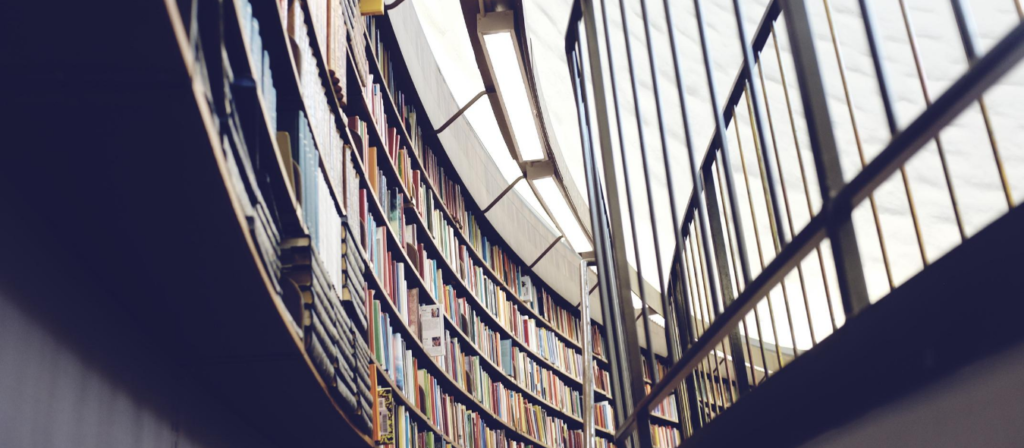How has your week been? Restful? So, picking up from where we stopped in the last article, let’s dive straight into some more tips we hope can help schools, educators and education support staff.
Happy Reading!
| 1. | Monitor and evaluate every situation and adapt as necessary as schools reopen. For schools, education planners and policymakers to have accurate information, it is important that teachers are allowed to inform monitoring and evaluation mechanisms and they likewise should be kept abreast of progress and results. |
| 2. | It may be wise to stagger school daily resumption, breaks and pick up times. It may not be possible to have everyone arrive at school together or to eat lunch together. This way, education support staff can effectively minimise and control the crowd at the gates and other school environments. |
| 3. | Control class size and divide students into small groups to create ‘bubbles’. Children in a bubble will remain together throughout the day, learning, eating and playing together. By now as you may have imagined, it may be very impossible to avoid children from playing together. A size of 10 – 20 students per bubble has been explored by some schools in some countries that have re-opened. |
| 4. | It might also be helpful to assign students a specific desk and chair, as well as personal equipment including stationery and resources – this might minimise the risk of the infection spreading. Also, students and teachers should only move around the school if absolutely necessary. |
| 5. | Reorganise classrooms, open up doors and windows, so that learning spaces are well ventilated and clutter-free by removing all unnecessary furniture and materials. In addition to that, consider developing one-way systems in stairwells and bottleneck locations in the school. Signage on the floors and wall should also make it clear what social distancing look like so that all students know where they should be in relation to others. |
| 6. | Until schools are fully open, many schools may still need to implement blended learning, that is, a mixture of face-to-face teaching and learning online. In the event of a second wave of COVID-19, schools should be mindful of investing in their readiness to return to online teaching. This does not only mean investing in hardware, laptops or tablets for students but also investing in the platforms and pedagogy needed to switch from the school classroom to the virtual classroom. |
| 7. | Make time daily for a deep clean of all rooms. Have cleaning staff working throughout the day for routine cleaning of toilets and any surfaces touched by students or staff. |
| 8. | Last but not least, it is crucial not to suddenly forget that as of today, there are no specific vaccines or medicines for COVID-19. Therefore, all health and safety guidelines including personal hygiene, the use of face masks, regular washing of hands and physical distancing should be taken seriously. |
In as much as we would love to say that all of these is over, sadly, at the moment, it is a reality and a constant check on our health and sanitation. Please remember to keep staying safe for yourself and others.
Download reopening guidelines by the World Health Organisation (WHO) HERE.
As always, we look forward to hearing from you at enquiries@meadowconsult.com

